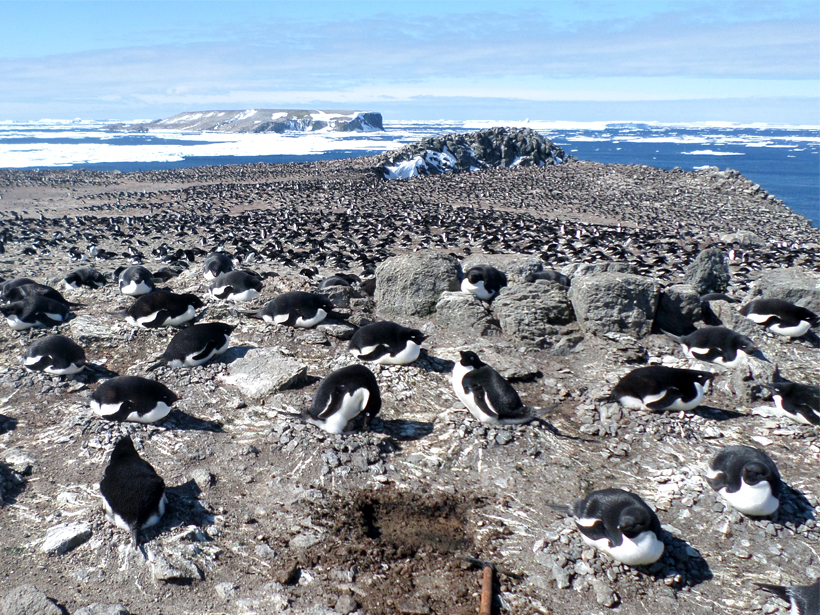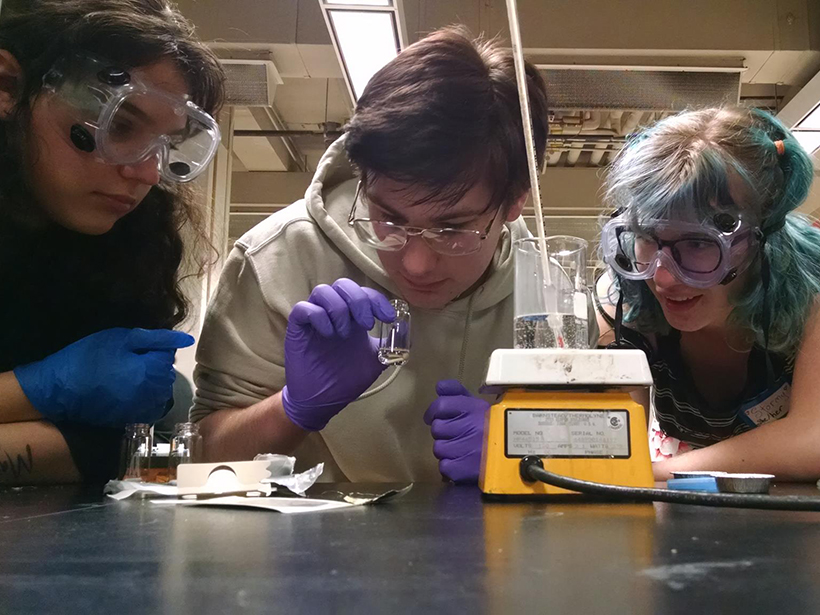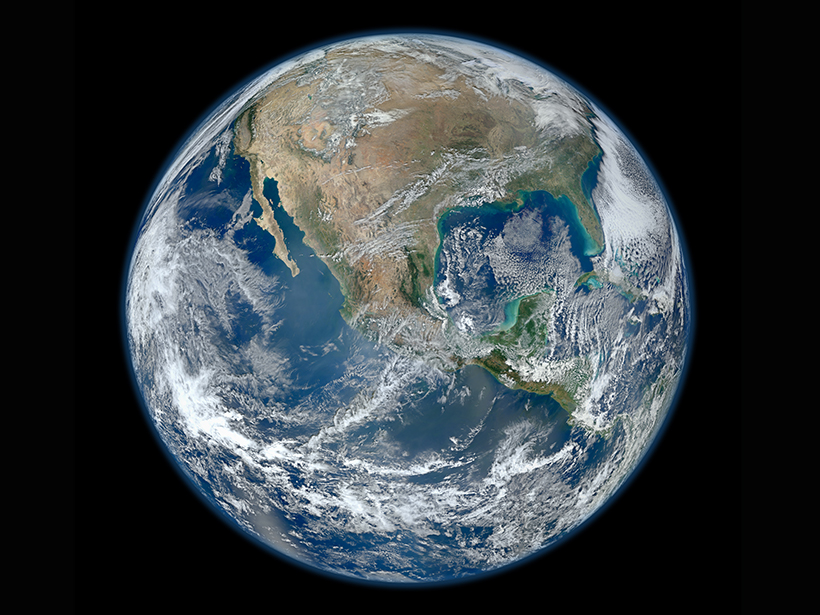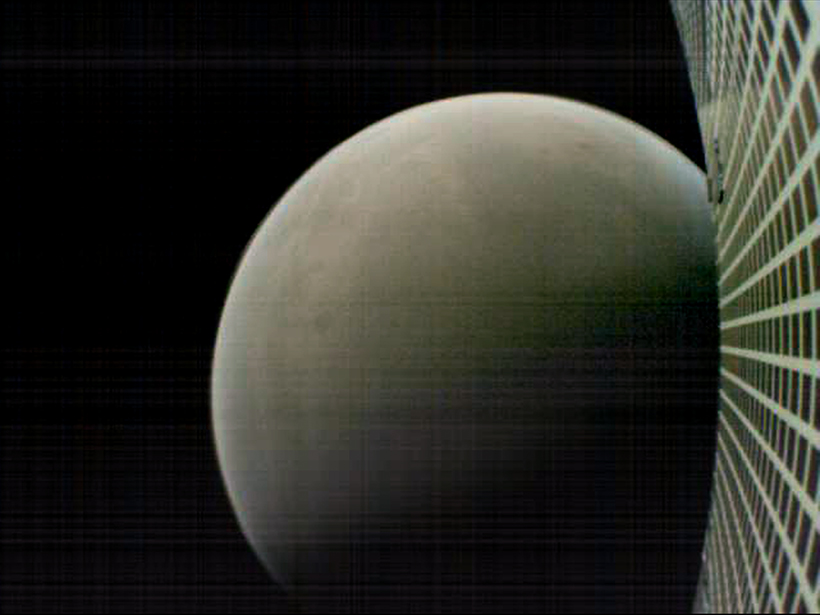Scientists are digging up Adélie penguin guano to study millennia of Antarctica’s history.
News
Leading Congress Member Promises Renewed Focus on Climate Change
In a statement issued at AGU’s Fall Meeting 2018, House Science Committee ranking member Rep. Eddie Bernice Johnson says that “it is time to stand up for science.”
Extinct Megatoothed Shark May Have Been Warm-Blooded
Preliminary results from a recent study may begin to shed light on why megalodons died out before the most recent ice age.
Neanderthals Likely Ate Rotten Meat
Neanderthals have long been painted as meat-eating machines. But could a new look at a dietary proxy and how it changes when meat rots uncover insights into what these extinct hominids really ate?
Illustrating Casual Sexism in Science
Little sexist comments are a big issue that can be difficult to talk about. These illustrations help strike at how such comments can harm and can serve as a starting place for conversations.
Developing Ocean Acidification “Champions” in Congress
Ocean acidification “provides a case study of a way that we can drive forward bipartisan action on an environmental issue,” says an Ocean Conservancy scientist.
Outreach Events Engage Queer and Transgender Youth in STEM
Run by queer and transgender scientists, a new program aims to help high school students of similar identities see a future for themselves in science.
White House Releases STEM Education Strategy
The strategy focuses on maintaining the nation’s STEM leadership, and it emphasizes inclusion, diversity, and workforce development.
Tracing the Path of Carbon in North America
A team of more than 200 scientists released a decade-long look at how carbon weaves through Earth’s air, soil, water, and plants. Here are nine key takeaways from their report.
Hello, Goodbye: First Interplanetary CubeSats Zip Past Mars
The InSight lander safely arrived on Mars early last week. Two tiny spacecraft made up part of its communications array and transmitted landing data back to Earth.










